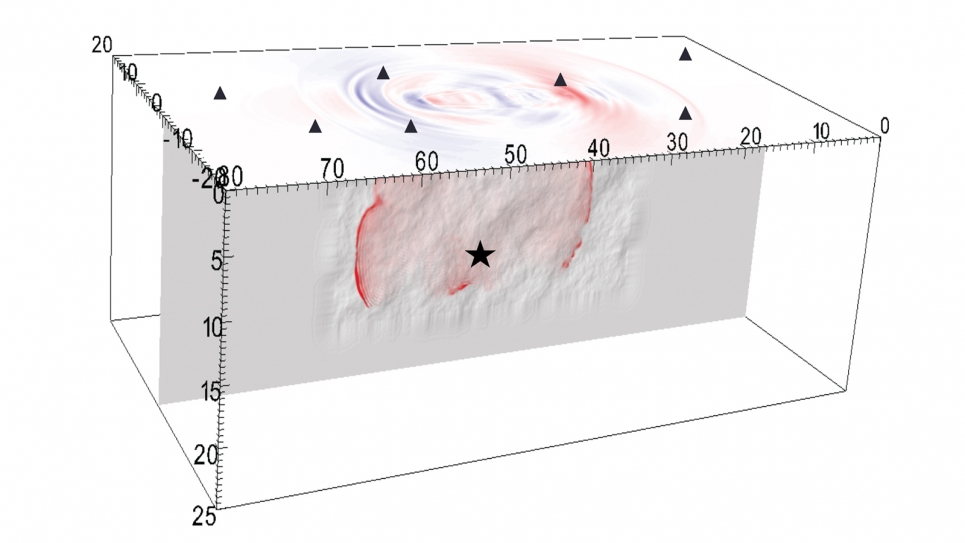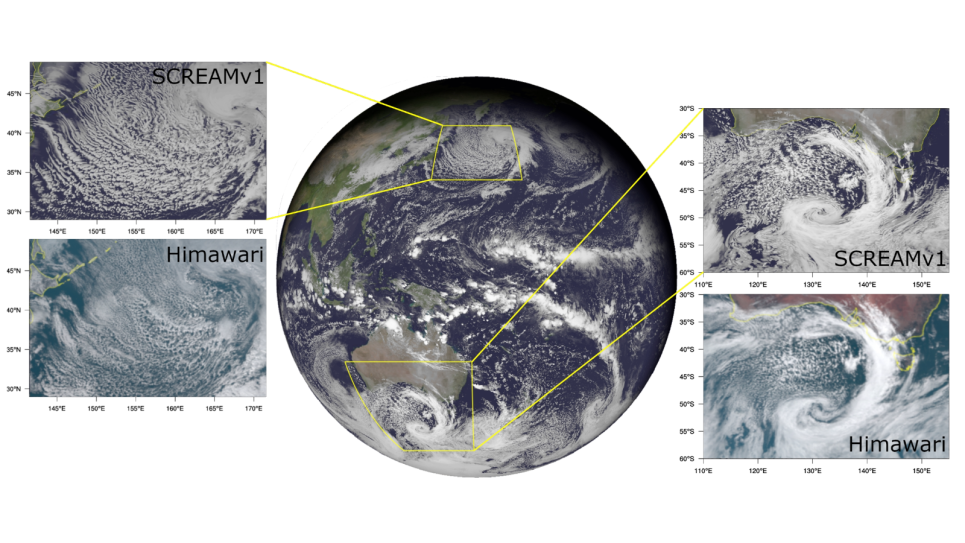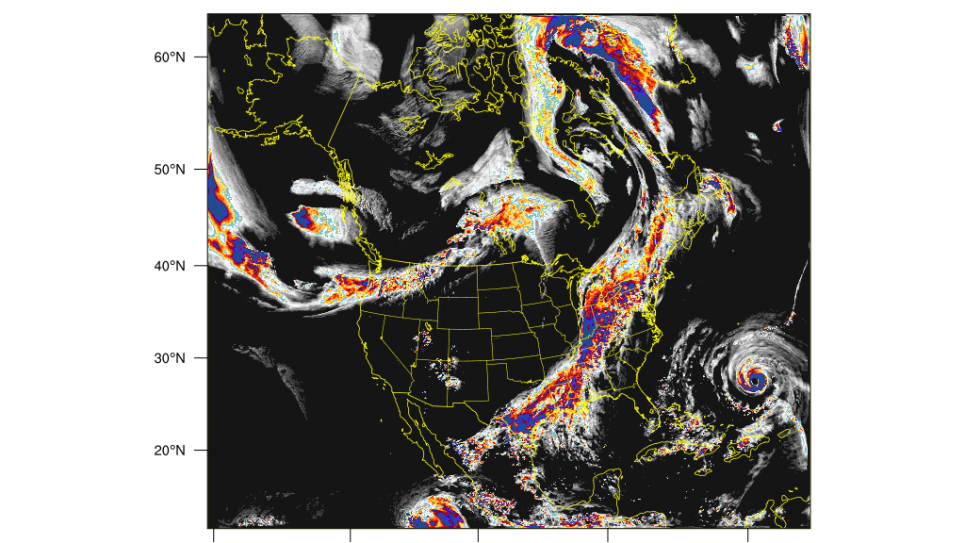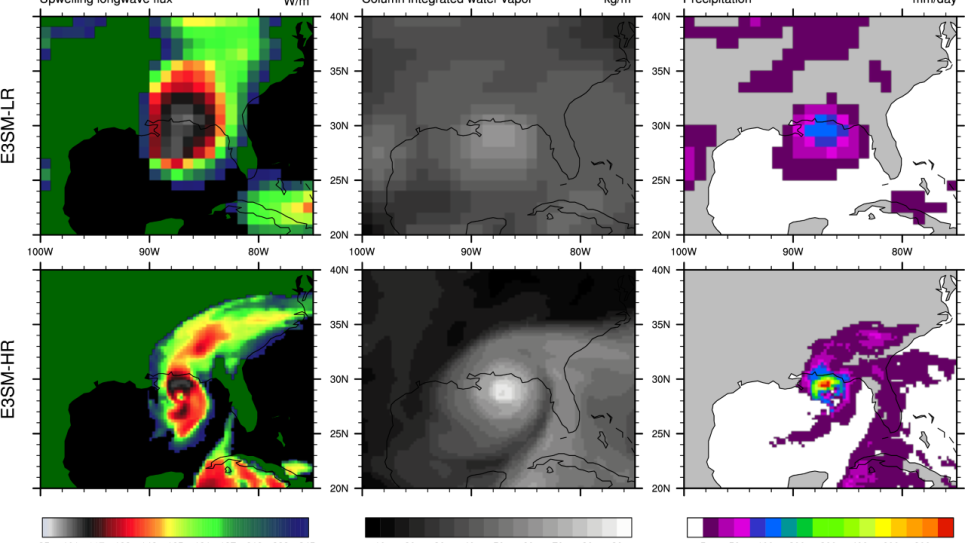
Snapshot of earthquake rupture propagation computed by the dynamic rupture code Waveqlab3D along a vertically dipping strike-slip fault with superimposed fault roughness. The image shows the progression of the rupture propagation 9.6s after the initiation at the hypocenter (star) and the corresponding ground motion velocity is shown in red and blue at the surface. These types of simulations help us better understand the effect of fault complexity on rupture propagation and on the resulting ground motions. Simulation results such as these are used to supplement empirical observations, where data is scarce, to inform seismic hazard from large earthquakes. (Image: Kyle Withers, U.S. Geological Survey/Southern California Earthquake Center)


